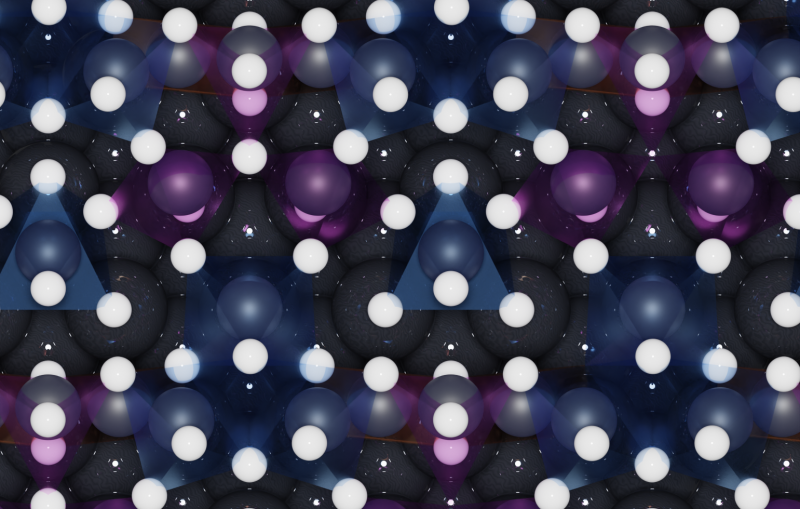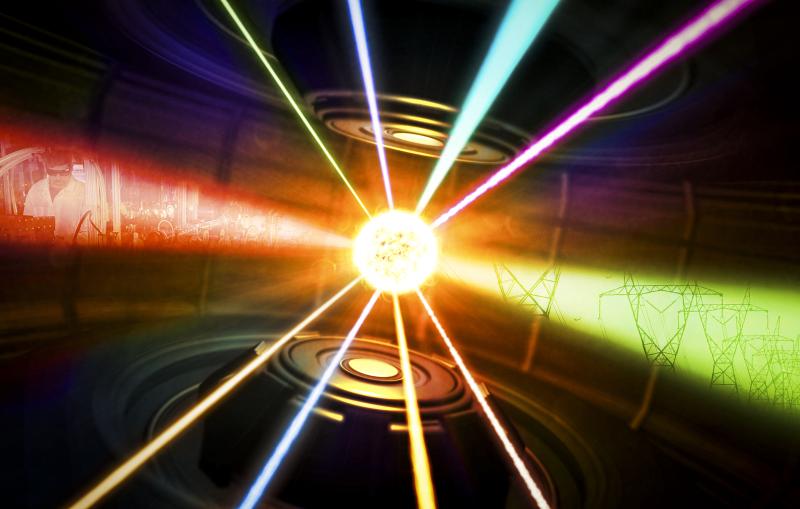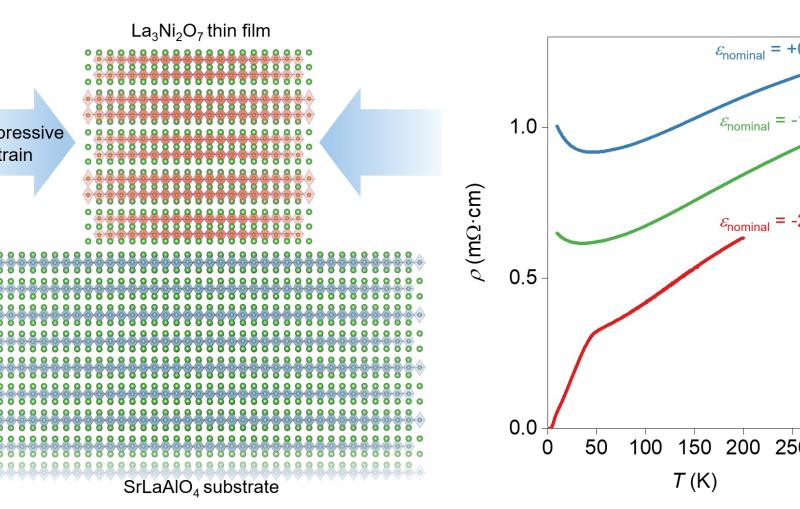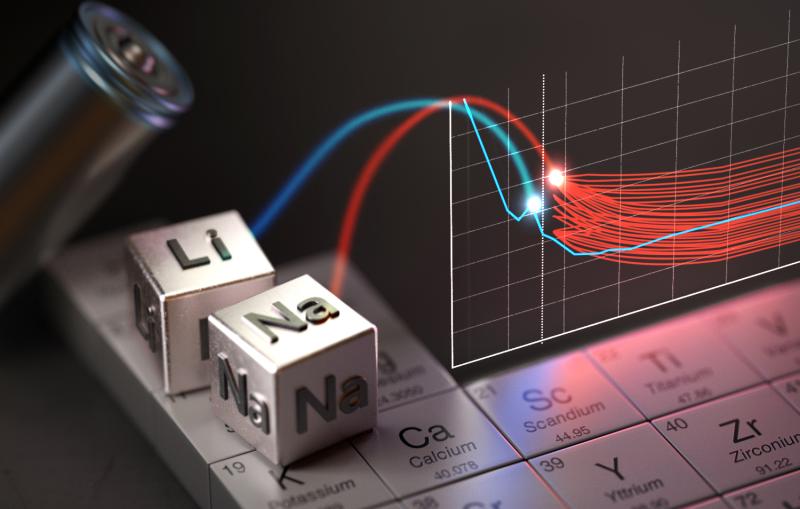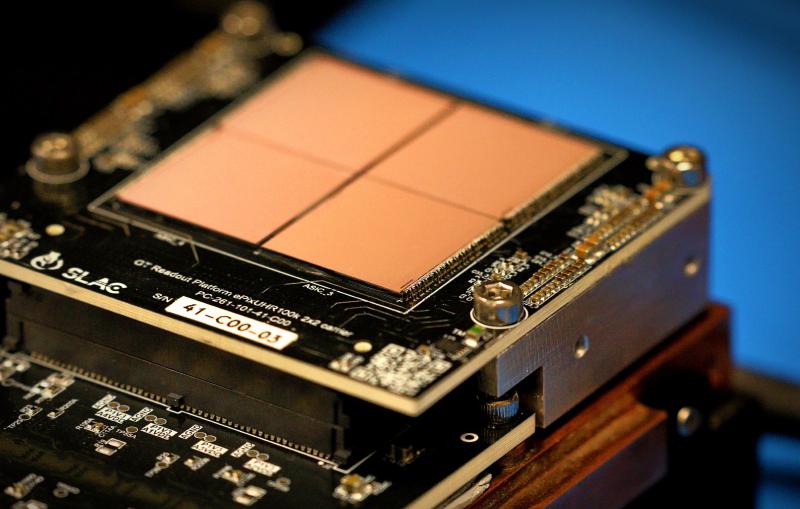March 10, 2017
Engineers Use Soup Additive to Create a Stretchable Plastic Electrode
Paving the way for flexible electronics, engineers have developed a plastic electrode that stretches like rubber but carries electricity like wires.
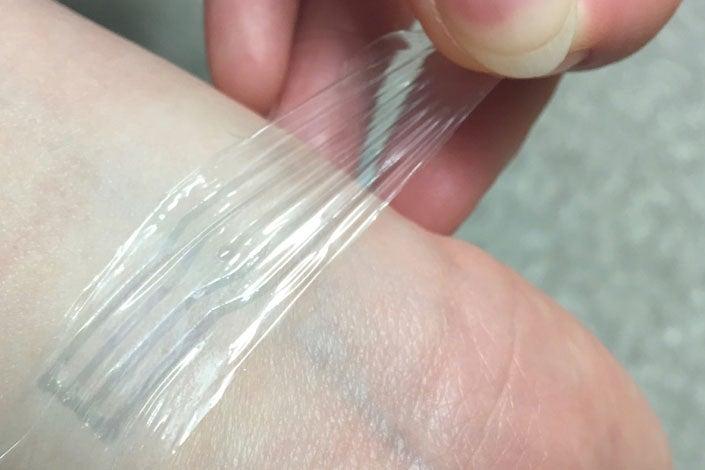
Dig Deeper

